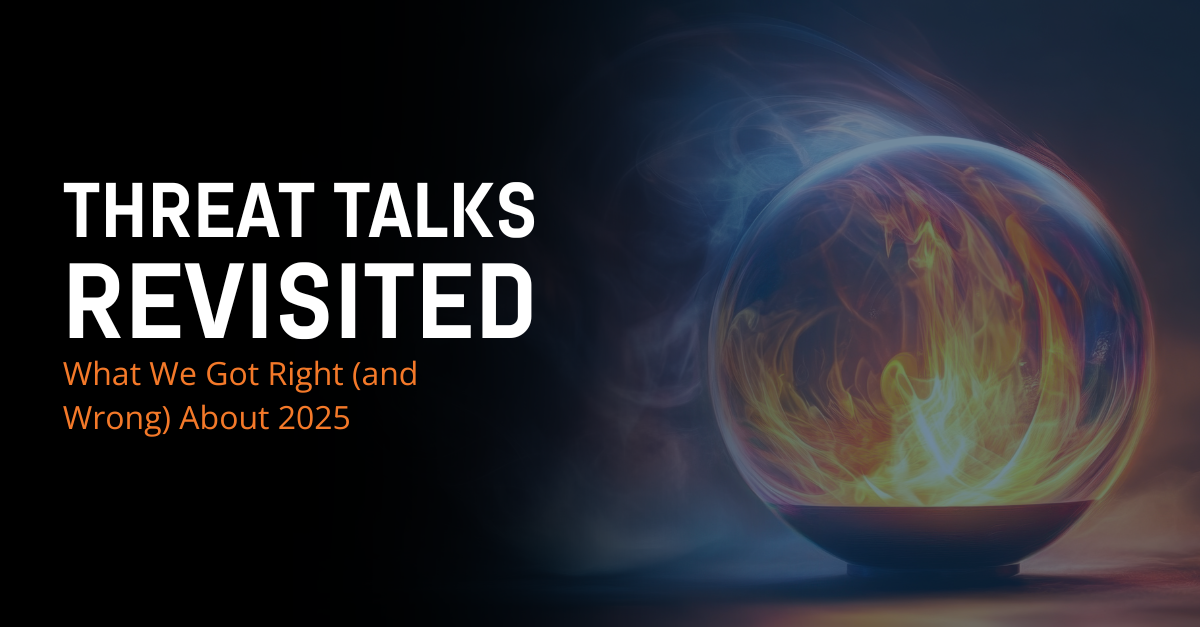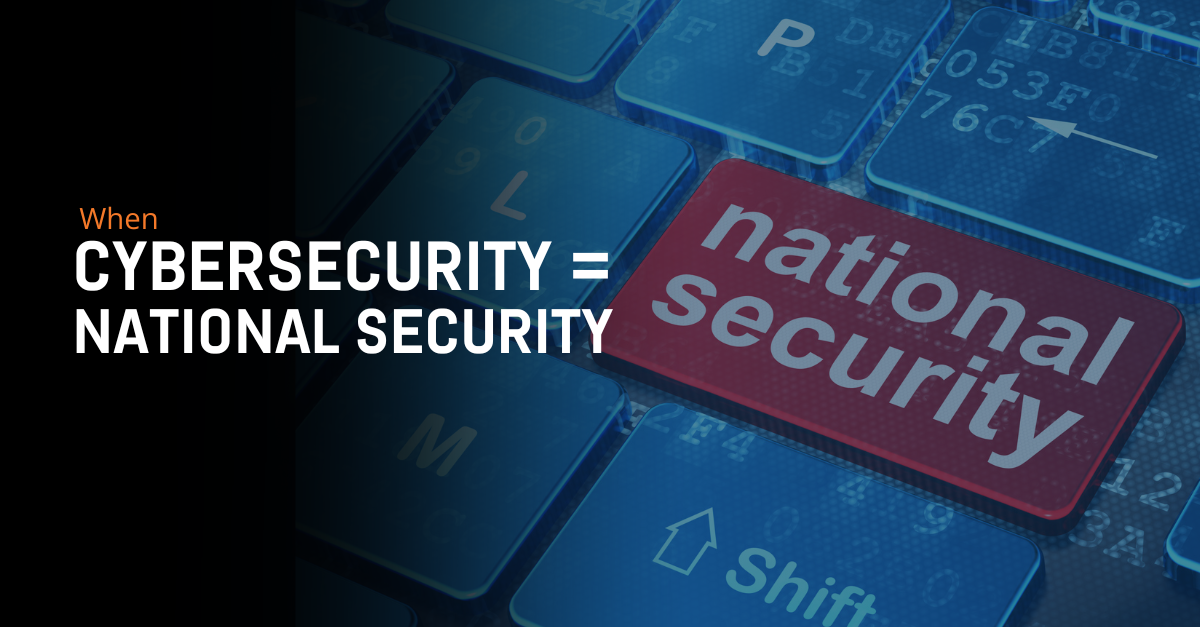Recently published blogs


KEEP UP WITH
OUR LATEST RESEARCH
Want to stay in the loop on our latest cybersecurity research?
Sign up and get cybersecurity updates delivered straight to your inbox.


Want to stay in the loop on our latest cybersecurity research?
Sign up and get cybersecurity updates delivered straight to your inbox.